Discover the POWER of our Data Annotation Services !
Fill out the form below to schedule a personalized demo and see how we can transform your business.
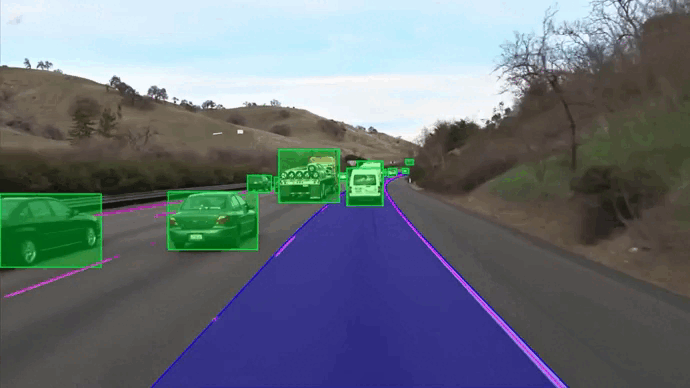
Fill out the form below to schedule a personalized demo and see how we can transform your business.
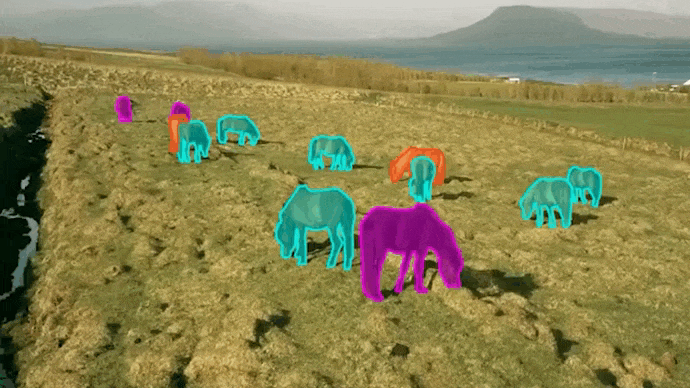
Medical: Monitor organs in ultrasound videos for detailed medical analysis.
Geospatial: Analyze drone footage for spatial insights and environmental monitoring.
Automotive: Conduct traffic monitoring at junctions for the detection of violations.
Industrial: Track and sort products on a conveyor belt for efficient manufacturing.
Agriculture: Monitor the ripeness of fruits in an orchard over time for precision harvesting.
Retail: Detect shoplifting activities in malls for enhanced security measures.
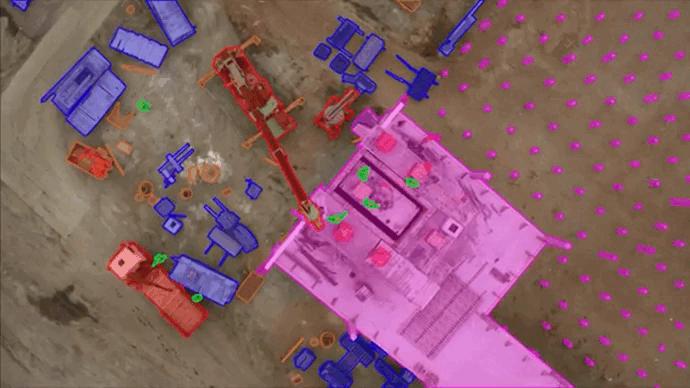
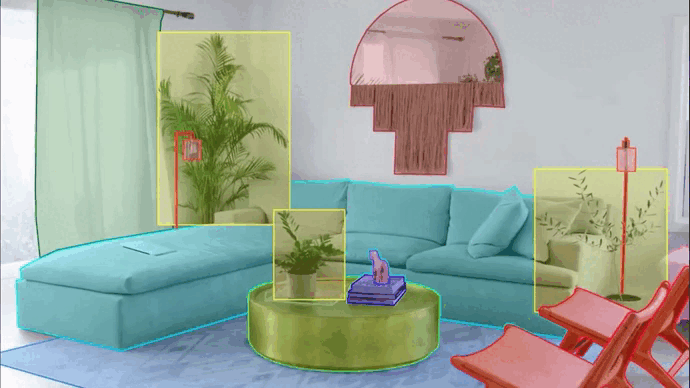
Advantages:
Shape Versatility:
Dynamic Attribute Assignment:
Disadvantages:
Time-Consuming Process:
Data-Heavy Video Complexity:
Linear Interpolation for Consistency:
Verify Interpolation Support:
Explore Cross-Camera Tracking:
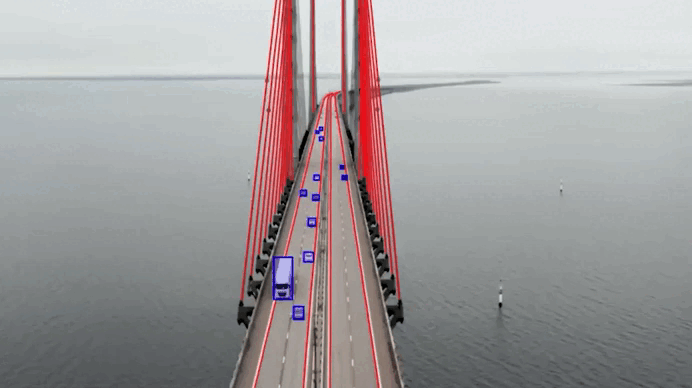








Get a dedicated project manager to handle everything from guidelines to quality control, ensuring a seamless experience from start to finish.
Experience the assurance of multi-tiered QC processes, including peer review and expert checks, guaranteeing a minimum accuracy of 98%.
Access a diverse team of industry experts, assembled within 72 hours, tailored to fit your project's specific needs and scale.
Rely on our rigorously trained workforce for unbiased data, perfectly aligned with international privacy and AI standards.
Benefit from our dynamic workforce, capable of rapidly scaling up to meet tight deadlines and ensure swift project delivery.
Make a difference with every project; our entire workforce comes from refugee and disadvantaged backgrounds, contributing to social goals.
Fill out the form below to schedule a personalized demo and see how we can transform your business.
Fill out the form below to schedule a personalized demo and see how we can transform your business.
Linear interpolation is recommended for objects with constant speed and straight trajectories, requiring annotation on the first and last frames.
Some tools offer AI-powered tracking with annotation only needed on the first frame, though manual annotation may still be necessary in certain scenarios.
No, not all tools do. Premium tools often provide support for more complex shapes like polygons and keypoints.
Cross-camera tracking allows annotators to follow an object across different cameras. Achieving this requires synchronized footage and information about camera positioning.
Yes, many tools support interpolation for bounding boxes, but limitations may exist with more complex shapes. Premium tools typically offer broader support.
The choice of tool influences efficiency. Advanced tools with features like interpolation and AI-powered tracking streamline the process, reducing the manual effort for frame-by-frame annotation.